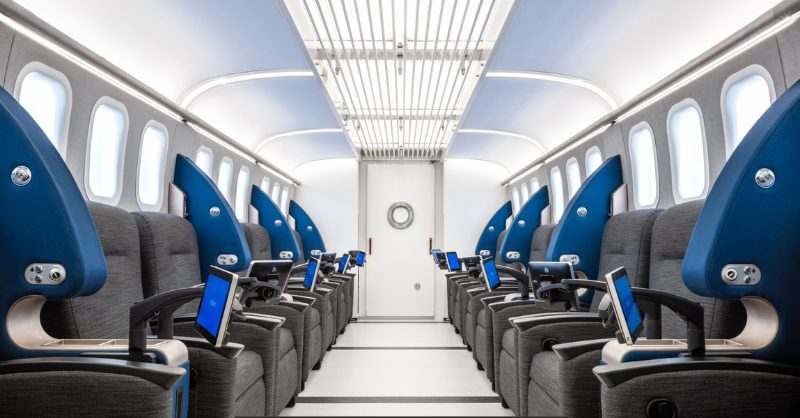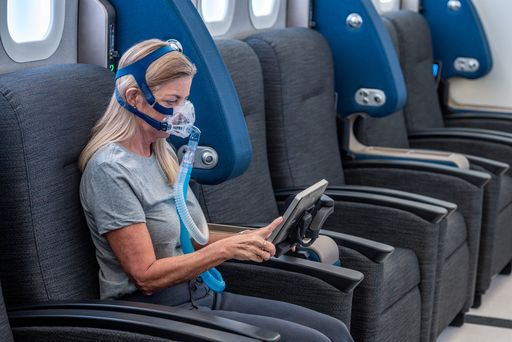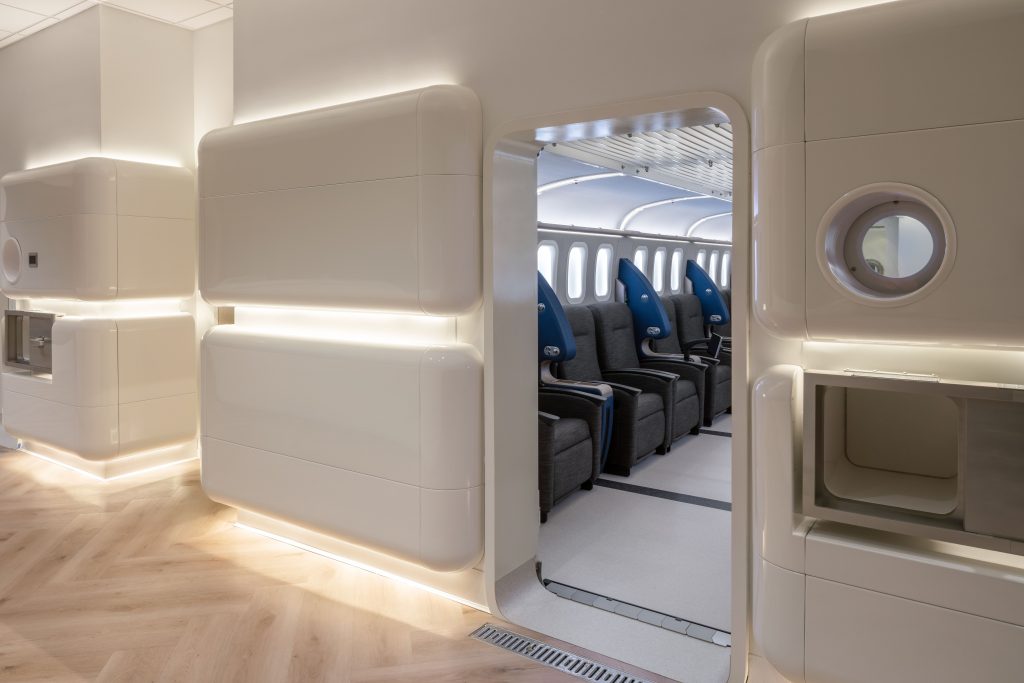
What is a Hyperbaric Oxygen Chamber and How Does It Work?


Hyperbaric oxygen therapy (HBOT) exists as an effective treatment for specific health conditions, including decompression sickness, serious infections, non-healing wounds, and severe burns. Advancements in HBOT science have also emerged, expanding the potential of HBOT’s impact. Yet, not all HBOT chambers are the same. The mechanisms by which each chamber works serve different purposes. It’s important to understand how these chambers operate and what benefits can be achieved in order to reach your health goals.
Monoplace vs. Multiplace HBOT Chambers
Aviv Clinics uses the world’s most advanced multiplace hyperbaric oxygen therapy chambers.
Two main types of HBOT chambers exist: multiplace and monoplace. Monoplace HBOT chambers also take two forms—hard-sided and soft-sided. Both forms are designed to only accommodate one person at a time.
Soft-sided monoplace chambers, often referred to as bag HBOT chambers, are primarily used “on the go.” These HBOT chambers pressurize to a minimum amount of pressure and deliver only a slightly higher dose of oxygen than what you’re breathing in the natural environment.
Soft-sided HBOT chambers are mostly used for anti-inflammation and workout or game recovery. You’ll often see them in sports medicine clinics. Bag chambers are also used in mountain climbing. If a climber starts to suffer from altitude sickness, being in the bag chamber allows them to return to sea level faster and start recovery as they are airlifted to safety.
The other type of monoplace HBOT chamber is constructed of more rigid materials, such as plexiglass. You’ll typically find these chambers in wound care clinics. They are pressurized to an atmospheric level that is predetermined (and prescribed) by a patient’s physician. Patients breathe 100% oxygen during the entire therapeutic session, a length of time that is factored into the prescription.
Because patients are separated from clinicians during the HBOT treatment in this type of monoplace chamber, it can become problematic if the patient experiences any sort of health event mid-therapy. A depressurization process must take place before the patient can exit the chamber—which takes time. Plus, if a patient happens to be undergoing a seizure, that depressurization cannot commence until the person stops seizing.
While seizure occurrence is rare during a medical HBOT treatment, it can happen—and is more likely in patients who have pre-existing seizure disorders or a history of low blood sugar. A related complication is there’s no way for clinicians to medically assess what’s happening at that very moment and implement medical treatment.
A third disadvantage is that monoplace HBOT chambers hold a heightened risk for fire. It’s crucial that no electronics are allowed in the monoplace chambers to prevent this risk.
Multiplace HBOT chambers treat multiple individuals at the same time. These chambers are commonly used in the diving industry—for example, in commercial diving for underwater construction and maintenance. However, advancements in HBOT science have led to other medical uses around the world.

At Aviv you will find multiplace HBOT chambers that are more like suites; a little like flying business class, they are spacious, comfortable, and private. Created in partnership with Fink Engineering, the world’s premier provider of hyperbaric suites, our HBOT chambers are the most technologically advanced, and most importantly, your safety is guaranteed.
In multiplace chambers, individuals are also breathing 100% oxygen in a highly pressurized environment. But, each person has their own breathing apparatus. One distinct advantage of multiple chambers is the ability to have a medical professional in the chamber while individuals are undergoing their HBOT treatment—unlike the monoplace chamber’s limitations.
Ultimately, safety is of utmost importance in HBOT treatment. Most medical HBOT facilities that are run through a hospital or clinic are operating with the proper certifications, whether using monoplace or multiplace chambers. At Aviv Clinics, all physicians, nurses, and hyperbaric technologists undergo in-depth training and have reached certification status. However, it’s important to keep in mind not all facilities meet these stringent safety standards.
Advancements in HBOT Science
Modern hyperbaric oxygen therapy protocols go beyond addressing a specific condition. The science, technology, and unique protocols of the Aviv Medical Program—and the design of the clinic’s multiplace HBOT chambers—work proactively to maximize overall health. In other words, the Aviv Clinics HBOT chambers offer more than just oxygen therapy.
The foundational aspects of HBOT treatment are still in play: The multiplace chamber is pressurized to the optimal level, which takes about 10 minutes. Once the target pressure is reached, individuals begin breathing 100% oxygen for a period of 20 minutes. After 20 minutes, masks are removed for five minutes. Total treatment time of two hours. Four oxygen periods with three 5-minute air breaks in between. This makes it seem as though the treatment is 30 minutes long.
This on/off alternating protocol of oxygen fluctuation tricks the body into thinking it is in low-oxygen distress. The body’s natural reaction to the rapid decline in oxygen levels is the creation of new stem cells. It also triggers something called hypoxia-inducible factor (HIF), which plays a role in angiogenesis, or the creation of new blood vessels.
Both are instrumental in healing and rejuvenating various parts of the body and brain, such as:
- Stroke Recovery
- Traumatic Brain Injury (TBI)
- PTSD
- Lyme Disease
- Fibromyalgia
HBOT and the Aviv Medical Program protocols also contribute to enhanced physical performance, cognitive performance, and overall vitality and quality of life.
The Bottom Line
If you’re considering HBOT to progress your health, it’s imperative to know the advantages and potential limitations of the different types of HBOT chambers—and which chamber will best help you reach your goals.
Contact us if you have any questions about HBOT treatments or would like to explore how the Aviv Medical Program can benefit you or a loved one.




